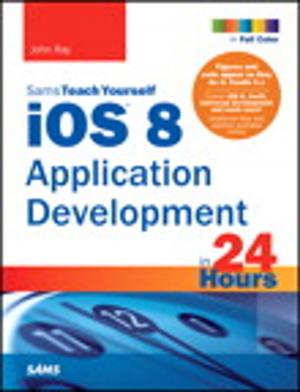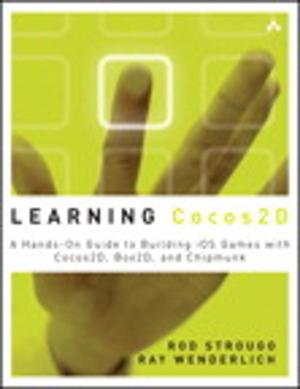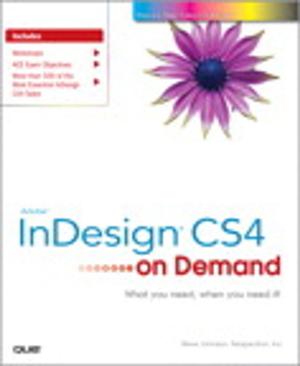Practical Augmented Reality
A Guide to the Technologies, Applications, and Human Factors for AR and VR
Nonfiction, Computers, Advanced Computing, Virtual Reality, Entertainment & Games, Game Programming - Graphics| Author: | Steve Aukstakalnis | ISBN: | 9780134094359 |
| Publisher: | Pearson Education | Publication: | September 8, 2016 |
| Imprint: | Addison-Wesley Professional | Language: | English |
| Author: | Steve Aukstakalnis |
| ISBN: | 9780134094359 |
| Publisher: | Pearson Education |
| Publication: | September 8, 2016 |
| Imprint: | Addison-Wesley Professional |
| Language: | English |
The most comprehensive and up-to-date guide to the technologies, applications and human factors considerations of Augmented Reality (AR) and Virtual Reality (VR) systems and wearable computing devices.
Practical Augmented Reality is ideal for practitioners and students concerned with any application, from gaming to medicine. It brings together comprehensive coverage of both theory and practice, emphasizing leading-edge displays, sensors, and DIY tools that are already available commercially or will be soon. Beginning with a Foreword by NASA research scientist Victor Luo, this guide begins by explaining the mechanics of human sight, hearing and touch, showing how these perceptual mechanisms (and their performance ranges) directly dictate the design and use of wearable displays, 3-D audio systems, and tactile/force feedback devices.
Steve Aukstakalnis presents revealing case studies of real-world applications from gaming, entertainment, science, engineering, aeronautics and aerospace, defense, medicine, telerobotics, architecture, law enforcement, and geophysics. Readers will find clear, easy-to-understand explanations, photos, and illustrations of devices including the Atheer AiR, HTC Vive, DAQRI Smart Helmet, Oculus (Facebook) CV1, Sony PlayStation VR, Vuzix M300, Google Glass, and many more. Functional diagrams and photographs clearly explain how these devices operate, and link directly to relevant theoretical and practical content.
Practical Augmented Reality thoroughly considers the human factors of these systems, including sensory and motor physiology constraints, monocular and binocular depth cues, elements contributing to visually-induced motion sickness and nausea, and vergence–accommodation conflicts. It concludes by assessing both the legal and societal implications of new and emerging AR, VR, and wearable technologies as well as provides a look next generation systems.
The most comprehensive and up-to-date guide to the technologies, applications and human factors considerations of Augmented Reality (AR) and Virtual Reality (VR) systems and wearable computing devices.
Practical Augmented Reality is ideal for practitioners and students concerned with any application, from gaming to medicine. It brings together comprehensive coverage of both theory and practice, emphasizing leading-edge displays, sensors, and DIY tools that are already available commercially or will be soon. Beginning with a Foreword by NASA research scientist Victor Luo, this guide begins by explaining the mechanics of human sight, hearing and touch, showing how these perceptual mechanisms (and their performance ranges) directly dictate the design and use of wearable displays, 3-D audio systems, and tactile/force feedback devices.
Steve Aukstakalnis presents revealing case studies of real-world applications from gaming, entertainment, science, engineering, aeronautics and aerospace, defense, medicine, telerobotics, architecture, law enforcement, and geophysics. Readers will find clear, easy-to-understand explanations, photos, and illustrations of devices including the Atheer AiR, HTC Vive, DAQRI Smart Helmet, Oculus (Facebook) CV1, Sony PlayStation VR, Vuzix M300, Google Glass, and many more. Functional diagrams and photographs clearly explain how these devices operate, and link directly to relevant theoretical and practical content.
Practical Augmented Reality thoroughly considers the human factors of these systems, including sensory and motor physiology constraints, monocular and binocular depth cues, elements contributing to visually-induced motion sickness and nausea, and vergence–accommodation conflicts. It concludes by assessing both the legal and societal implications of new and emerging AR, VR, and wearable technologies as well as provides a look next generation systems.















